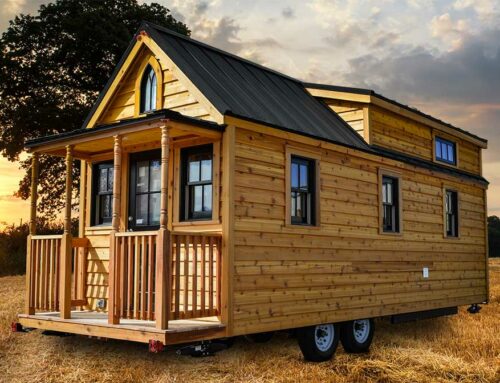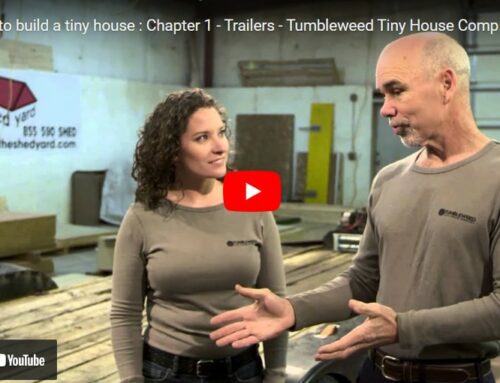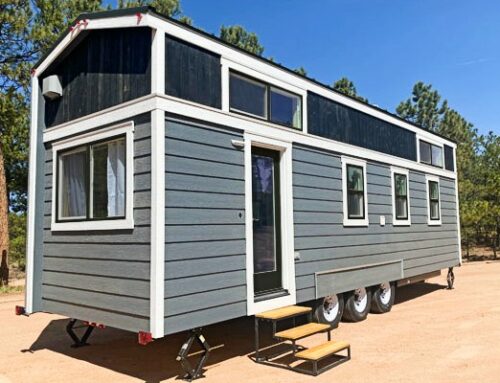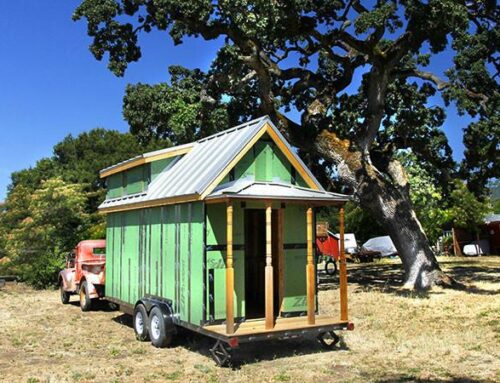Don’t burn $766 a month
Over the past 8 years, Tumbleweed has built a lender network that has saved our customers over $1,000,000. Most tiny home builders just work with the industry standard lenders. But we’ve gone a step further, looking for the best rates and lowest monthly payments we could find in each state.
Play with our comparison calculator below. Payments are based on a tiny home at $110,000.
After finding a payment that works for you, get pre-qualified.







Leave A Comment